The wind blows to the south and turns to the north; round and round it goes, ever returning on its course.
Consider the case of Ferdinand Porsche. His first automotive dabblings were with electric cars and petrol-electric hybrid cars, and more than 120 years later, look where we’ve all ended up.
He was keen on front-wheel-drive cars, too, which might seem a strange fit for a man who went on to design a number of immensely successful front-engined, rear-wheel-drive racing cars for Mercedes-Benz, and whose name went on – via the KdF-Wagen and Volkswagen Beetle, and through the whole Porsche 911 line – to be, for a huge chunk of time, synonymous with rear-engined, rear-wheel-drive cars.
So were we surprised by this front-engined, rear-wheel-drive 928 bearing his name when it hit the streets in 1978? You bet we were. If it wasn’t its voluptuous shape that had us reeling, it was the notion of Porsche finally throwing the towel at the age-old, tail-heavy 911 (as it was then planning to do) and giving us in its place a GT of infinite grace and impeccable manners.
All in, it was a marvellous car. It looked terrific, it was quick, it handled brilliantly and it rode delightfully on what was then the best sticky, wide and low-profile tyre available, the Pirelli P7. It even won the 1978 Car of the Year award, which was quite something for a sporting, aspirationally priced premium car.

Further joy was beholden when we opened the bonnet and found an all-new, all-alloy, liquid-cooled V8. Initially of 4.5 litres, the fuel-injected V8 produced 237bhp, and the drive went via a five-speed manual gearbox or optional Mercedes-sourced three-speed auto. That front engine was set quite a way back, too, and at the other end, balancing it out and linked via a torque tube, was a transaxle.

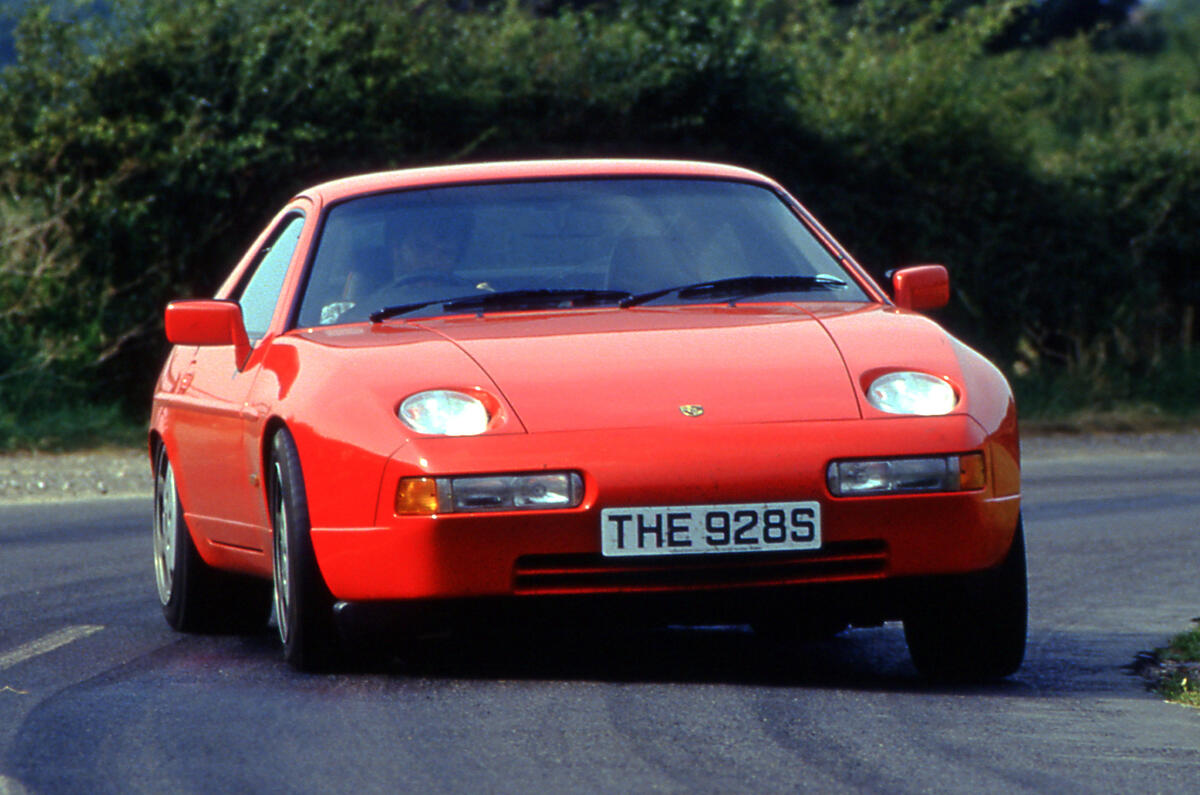
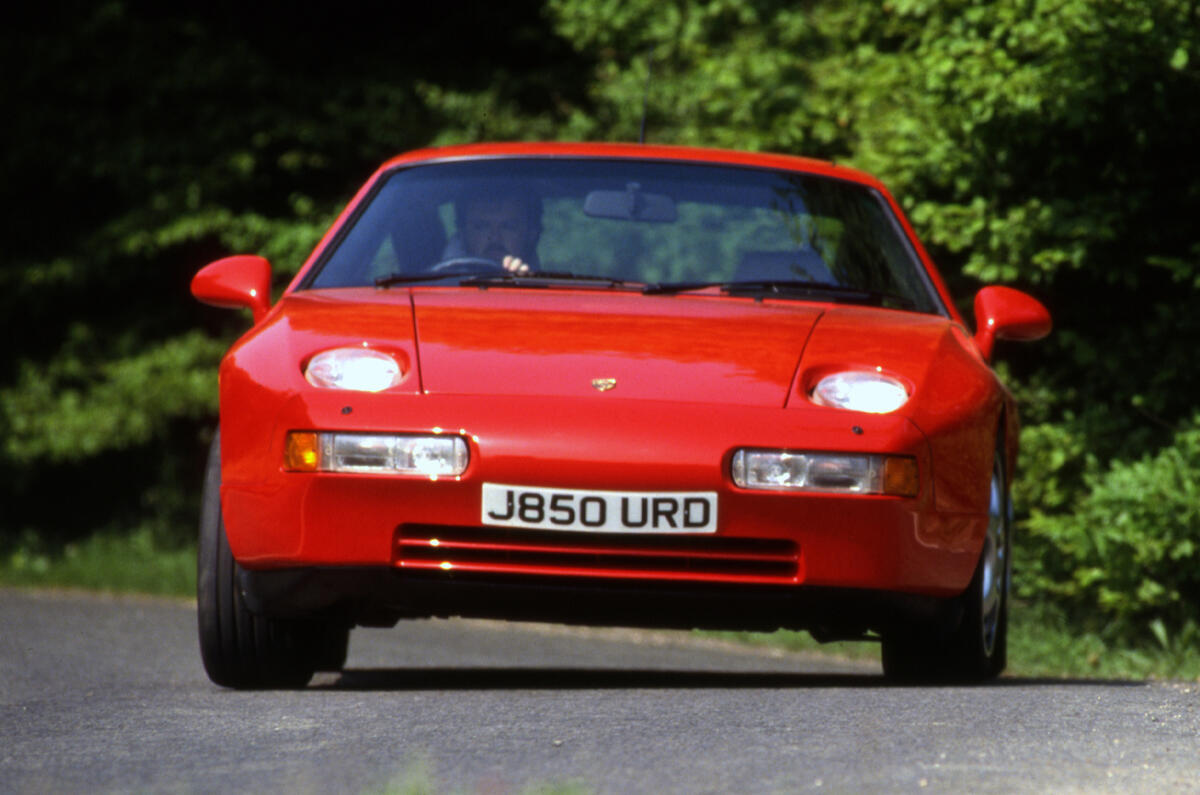

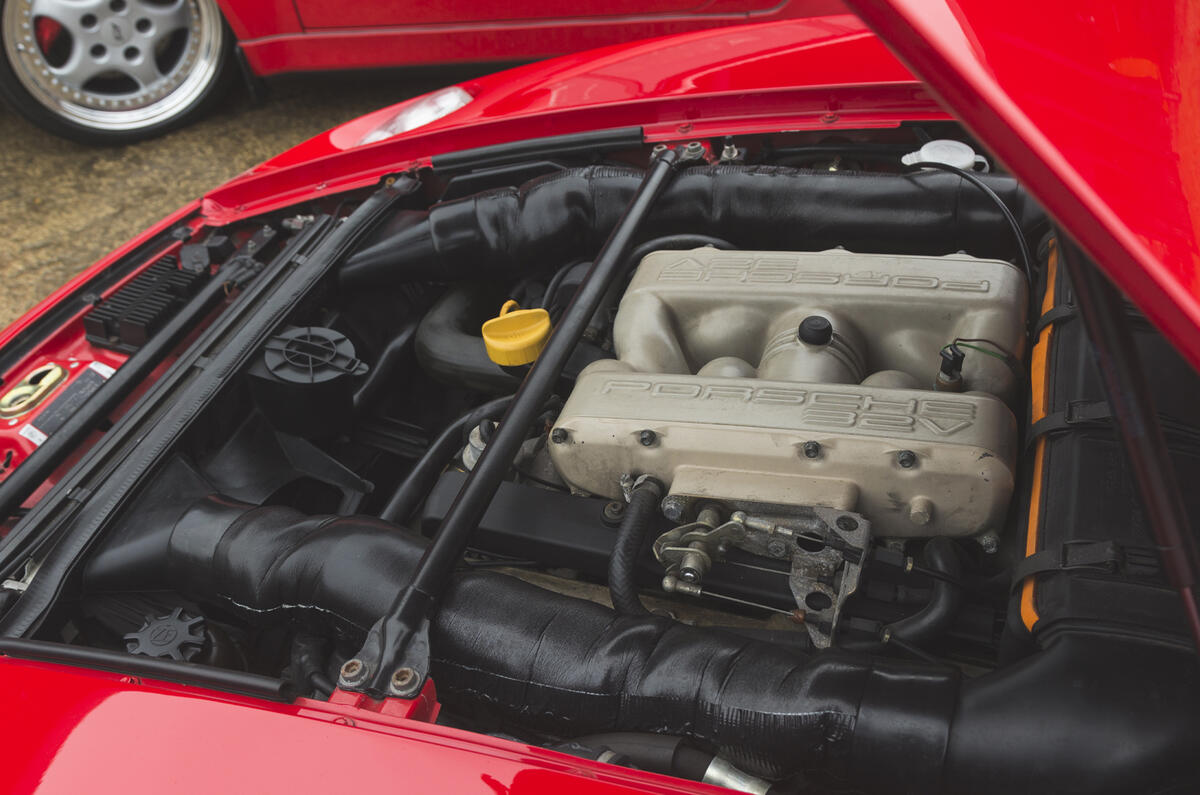

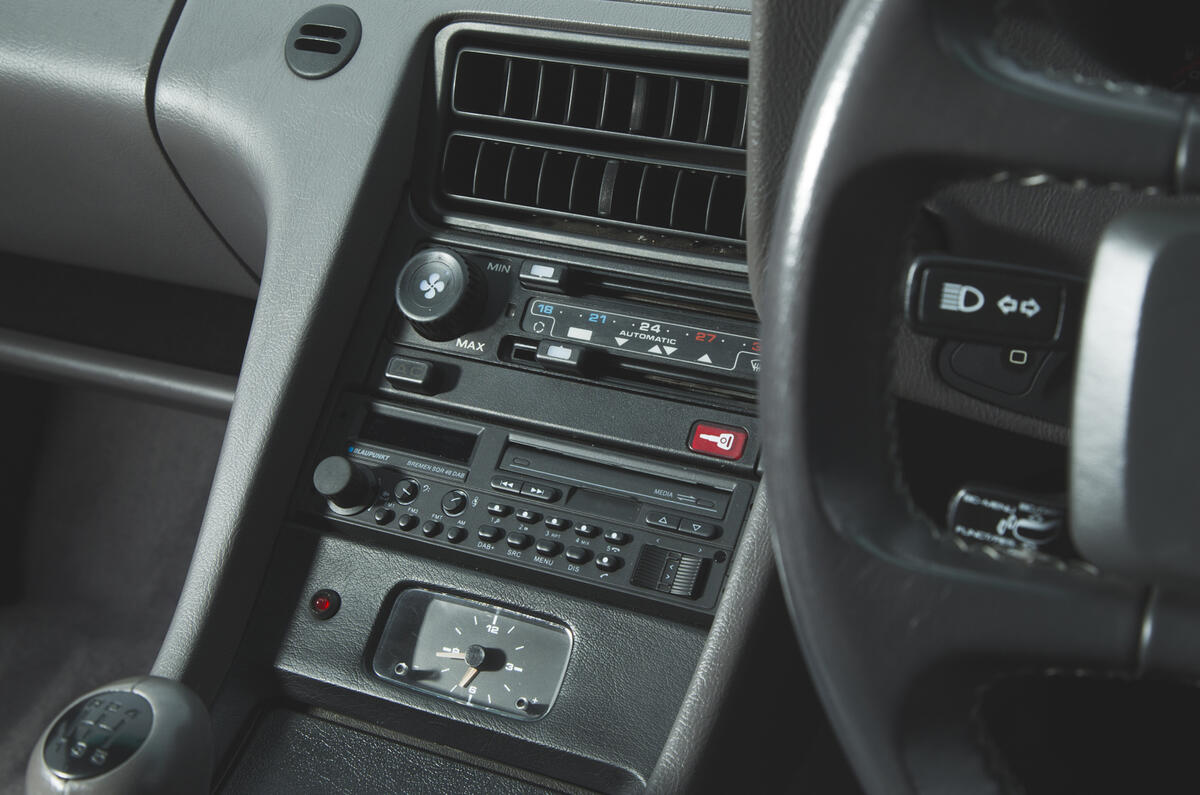
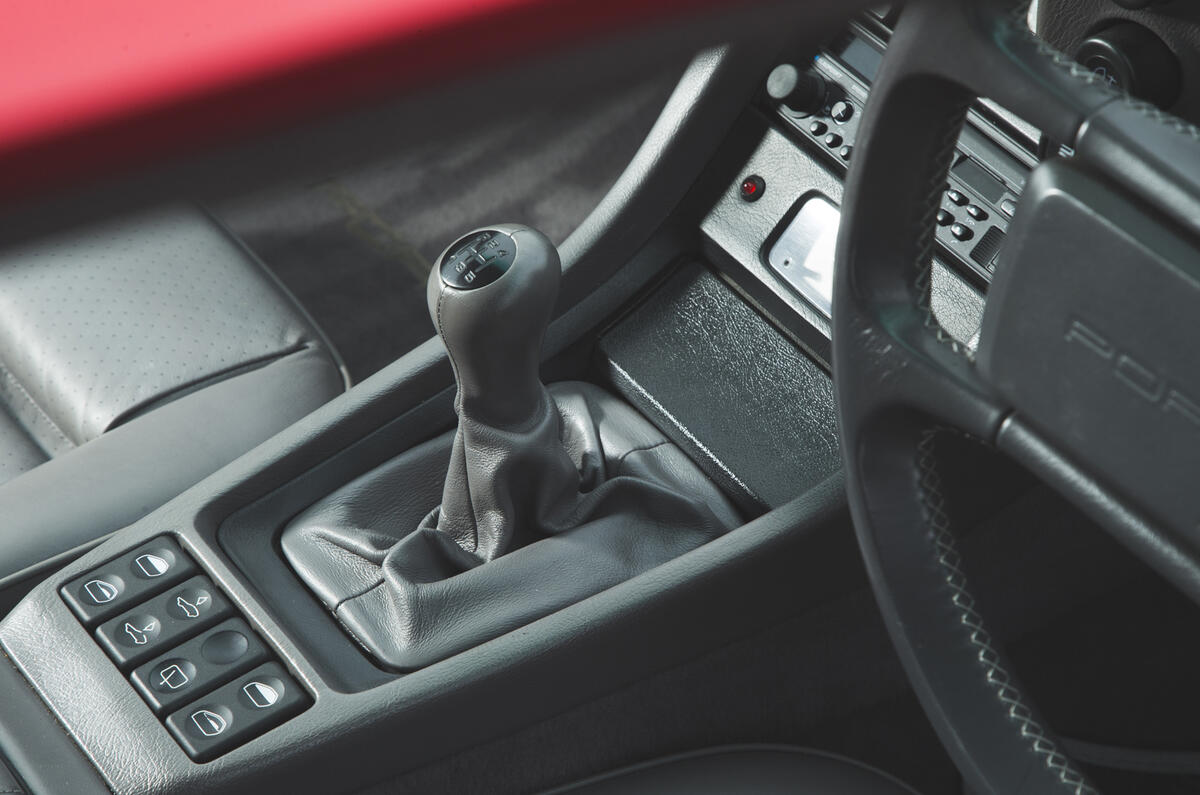
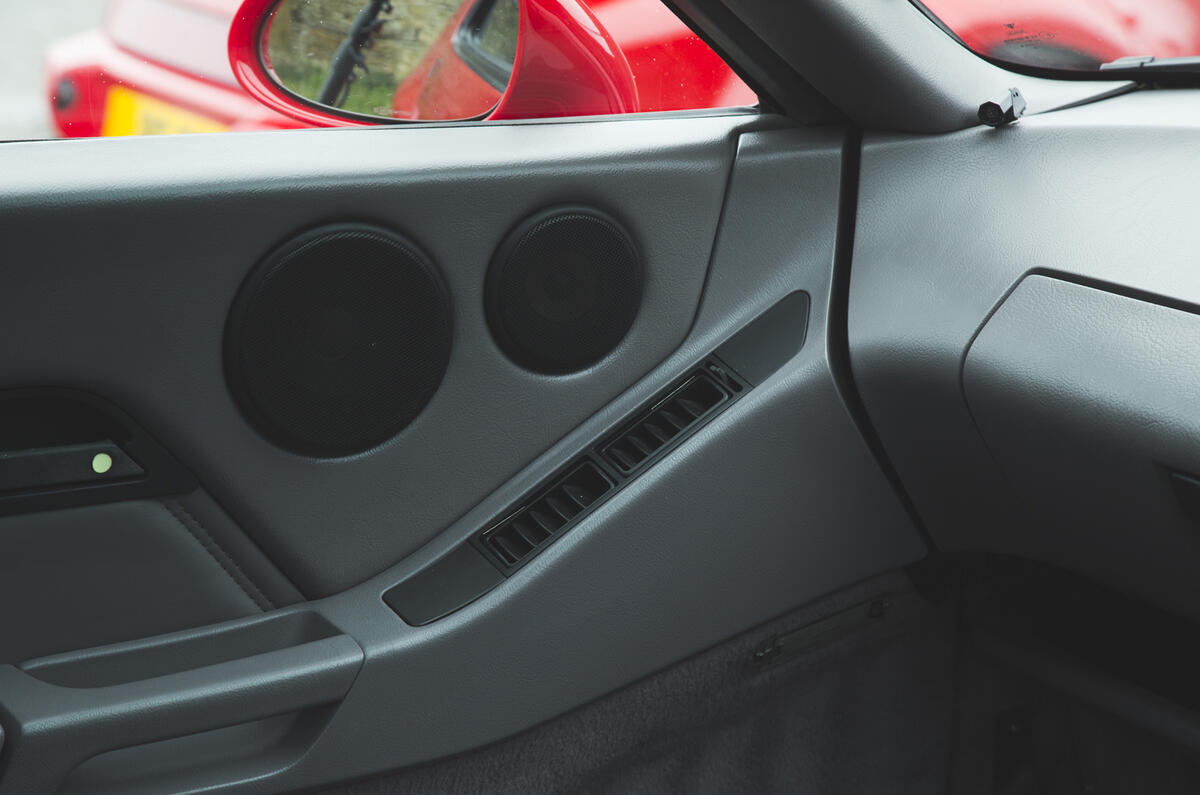
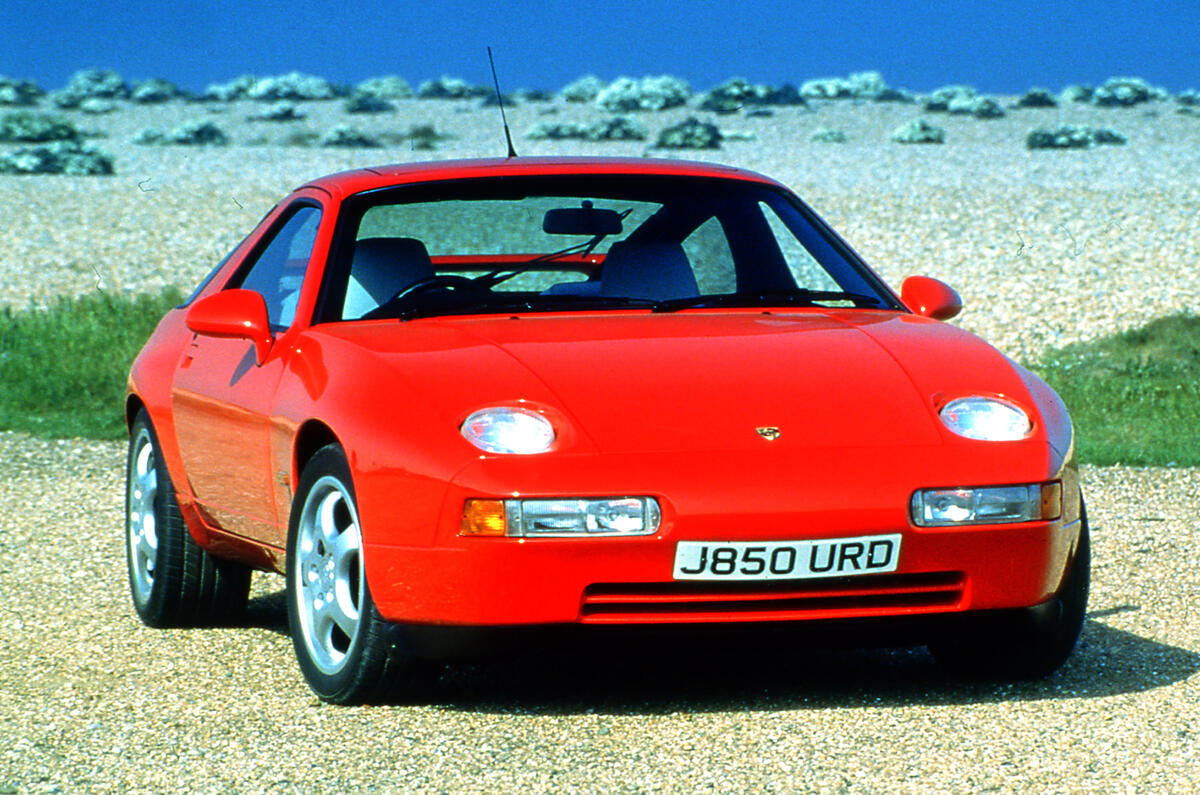
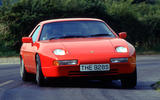
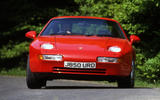
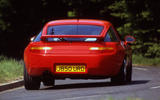
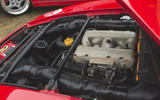
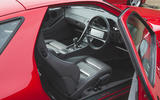

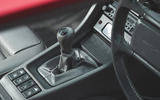

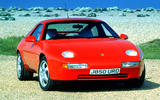

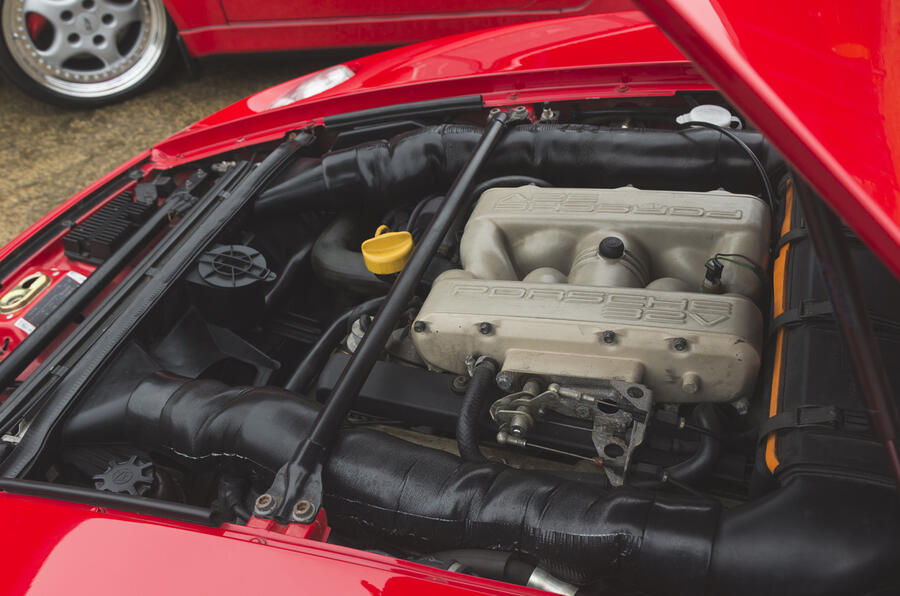
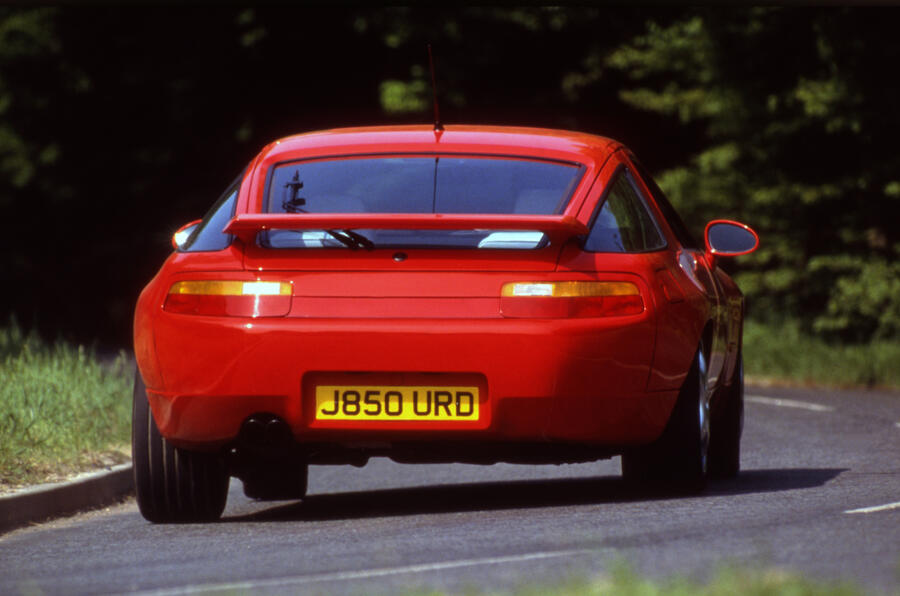
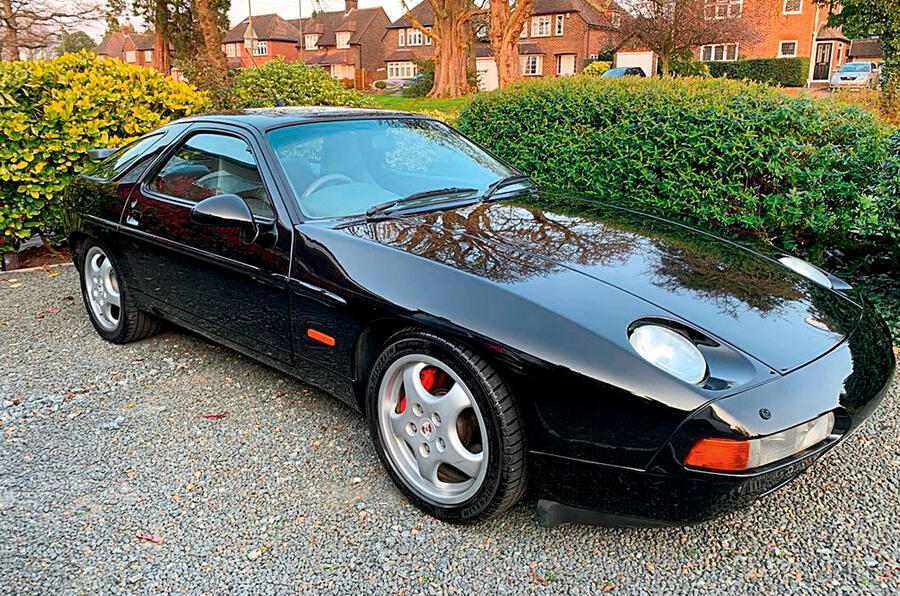


Join the debate
Add your comment
❤️Hi) My name is Paula and I'm 23 years old) I'm an aspiring sex model) Please rate my photos at ➤ Ja.cat/id373088